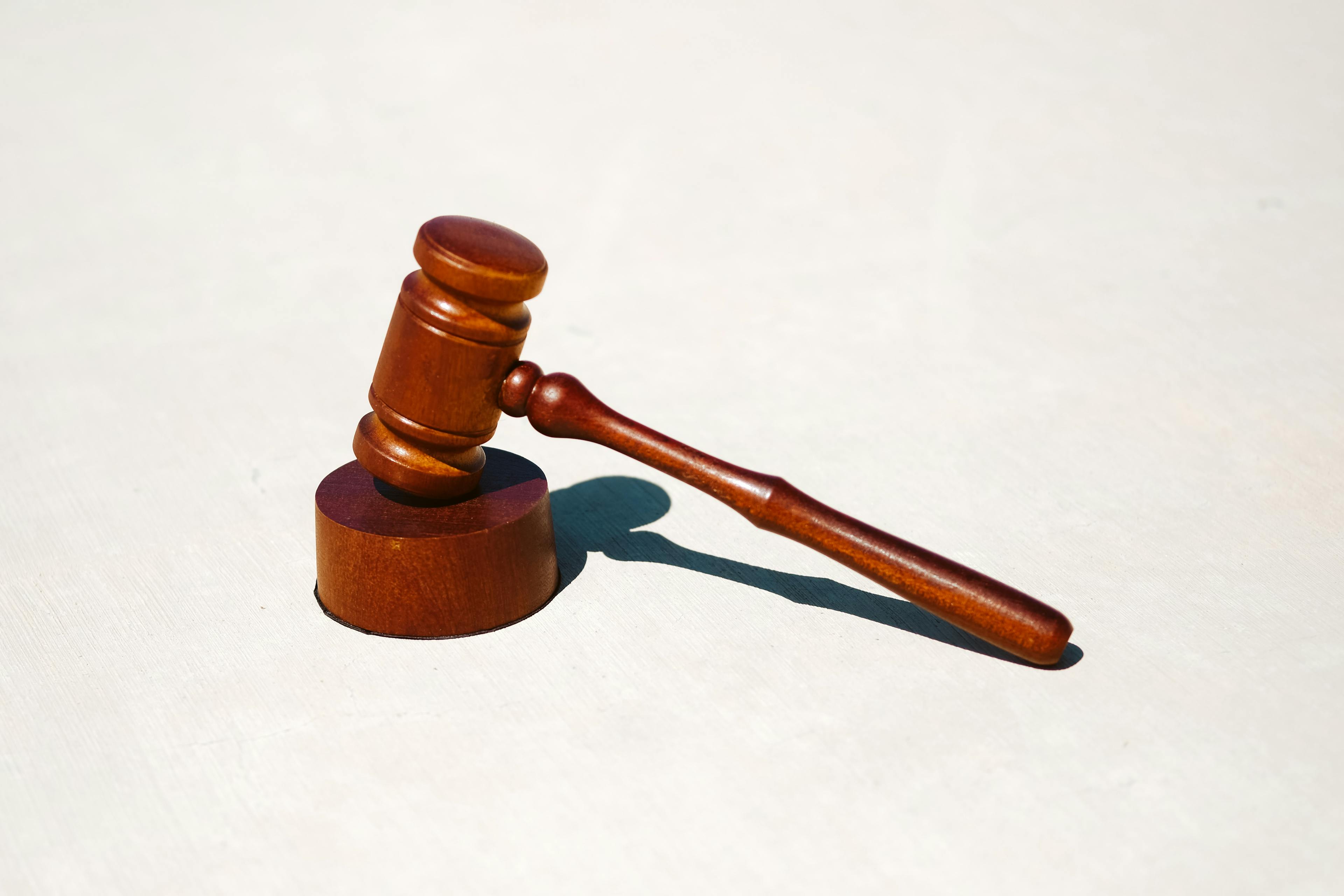Introduction
Bankruptcy proceedings in the U.S. offer a structured process for individuals and entities struggling with unmanageable debt. One aspect of these proceedings is the reaffirmation agreement, a mechanism that allows a debtor to continue repaying a specific debt even after bankruptcy discharge. This guide delves deep into the intricacies of reaffirmation agreements, referencing the Bankruptcy Code and rules.
Understanding the Reaffirmation Agreement
Reaffirmation is a concept rooted in the Bankruptcy Code under 11 U.S.C. § 524(c). At its core, a reaffirmation agreement is a renewed pledge by the debtor to pay back a particular debt post-bankruptcy. Such an agreement means that the specific debt will not be discharged, and the debtor will remain legally obligated to repay it.
1. Why Consider a Reaffirmation Agreement?
While it may seem counterintuitive to retain a debt during bankruptcy, several reasons could motivate a debtor:
Retaining Property: In cases involving secured debts, a debtor might want to keep an asset, like a car or house. Reaffirming the debt associated with the asset can help achieve this.
Credit Relationship Maintenance: Reaffirming can be a signal to creditors that the debtor is willing to honor financial obligations, which could potentially facilitate future credit endeavors.
2. The Legal Anatomy of a Reaffirmation Agreement
Requirements for Validity
For a reaffirmation agreement to stand in court:
a. Volition: The decision to reaffirm must be voluntary. Creditors cannot force or coerce debtors into these agreements.
b. Legal Counsel: It's imperative for the debtor to receive legal advice, understanding the implications and potential consequences.
c. No Undue Hardship: The agreement must not inflict undue financial strain. The attorney representing the debtor has to provide certification to this effect.
d. Timely Submission: The reaffirmation document should be filed with the court before the discharge order.
Reference: 11 U.S.C. §§ 524(c) and (k)
3. The Crafting Process
a. Drafting the Agreement: Both parties (creditor and debtor) must collaborate to draft the reaffirmation document, ensuring all required provisions are included. However, in many situations, the creditor will draft up the reaffirmation agreement and send to the debtor or debtor’s counsel for review.
b. Attorney's Declaration: If the debtor enlisted legal representation during the agreement's formulation, the attorney may submit a declaration. This declaration certifies that the agreement is fair and will not cause financial distress.
c. Judicial Approval: In cases where the debtor’s counsel will not sign the attorney’s declaration, or if the debtor lacks legal representation, the bankruptcy court assumes the responsibility to review and approve the agreement to ensure the debtor's protection.
d. Filing with the Court: After ratification, the reaffirmation agreement needs to be filed with the bankruptcy court no later than 60 days after the first date set for the meeting of creditors filed under §341(a) of the Bankruptcy Code.
Reference: Bankruptcy Rule 4008(a)
4. Rescinding (Cancelling) a Reaffirmation Agreement
The Bankruptcy Code empowers debtors with the right to cancel a reaffirmation agreement under specific conditions:
a. Cancellation Window: Rescinding is feasible before the court issues the discharge order or within 60 days from the agreement's filing date. The later date is the deadline.
b. Written Notification: The creditor must receive written notice from the debtor regarding the decision to cancel the agreement.
Reference: 11 U.S.C. § 524(c)
5. Implications of Reaffirmation
Pros:
a. Asset Retention: Secured debts often have tangible assets as collateral. Reaffirming such debts usually ensures the debtor can retain these assets.
b. Future Credit Opportunities: Successfully honoring a reaffirmation agreement can potentially cast the debtor in a favorable light for future lending scenarios.
Cons:
a. Persistent Debt Obligation: Reaffirmed debts don’t get discharged, implying the debtor remains liable. Defaults could have adverse implications, including asset repossession.
b. Potential Financial Strain: The debtor could potentially face financial hardships, especially if their fiscal situation deteriorates. In the event the debtor defaults, then the creditor can collect on the balance of the reaffirmed debt and/or may repossess or foreclose on the collateral.
6. Section 524's Mandated Reaffirmation Agreement Disclosures and Language
Pursuant to Section 524 of the Bankruptcy Code, specific disclosures and language must be incorporated into the reaffirmation agreement.
This language ensures that the debtor fully acknowledges the implications and consequences associated with reaffirming a debt.
Review the language in 11 U.S.C. § 524 to ensure compliance.
Potential Problems Arising in the Reaffirmation Process
1. Necessity of Being Current on Contractual Payments
To enter a reaffirmation agreement, the debtor often must be current on their contractual payments. If they're not, the creditor may refuse to reaffirm the debt, leading to potential repossession or foreclosure.
This is because reaffirming a debt is essentially renegotiating the terms of an existing contract. If a debtor is behind on payments, the creditor might view them as a high risk and may be unwilling to enter into a new agreement.
2. Delay in Receiving the Reaffirmation Agreement From the Creditor
Timing can be an issue in bankruptcy proceedings. If there's a delay in receiving the reaffirmation agreement from the creditor, it can complicate matters, especially given the specific timelines outlined in the bankruptcy process.
Delays can be due to a variety of reasons, such as internal processing time within the creditor's organization or the creditor's reluctance or failure to act.
3. Unacceptable Terms in the Reaffirmation Agreement
Sometimes, the terms of the proposed reaffirmation agreement might not be favorable for the debtor.
The Court May Find the Amount or Interest Rate Too High - Under the Bankruptcy Code, a court may refuse to approve a reaffirmation agreement if it determines that the agreement is not in the best interest of the debtor. - For instance, the court may find that the amount reaffirmed is excessive or that the interest rate is too high, placing an undue burden on the debtor and jeopardizing their fresh start.
4. Attending and Convincing the Bankruptcy Judge to Approve the Reaffirmation Agreement If the Attorney Will Not Certify that the Agreement Will Not Create an Undue Hardship
If a debtor's attorney does not certify that the reaffirmation agreement will not create an undue hardship for the debtor, the debtor may have to attend a hearing before the bankruptcy judge.
During this hearing, the debtor bears the burden of convincing the judge that reaffirming the debt is in their best interest and won't impose an undue hardship on them. This can be a challenging process and may require the debtor to provide additional evidence or testimony.
5. Necessity of Filing the Reaffirmation Agreement Within 60 days of the First Meeting of Creditors under 11 U.S.C. §341(a)
Per the Bankruptcy Code, specifically 11 U.S.C. §341(a), the debtor must file the reaffirmation agreement within 60 days of the date first set for the meeting of creditors.
Failure to meet this deadline can lead to the agreement being considered null and void, leading to potential legal complications. This underscores the importance of timely action and ensuring that all required documents and agreements are filed promptly.
If additional time is required, counsel may consider filing a motion to delay the entry of the order of discharge and to extend the time to file the reaffirmation agreement.
Conclusion & Recommendations
Bankruptcy, by design, aims to offer a fresh financial start. Reaffirmation agreements, however, present an exception, allowing certain debts to persist post-bankruptcy. It’s a double-edged sword, offering both opportunities and risks.
It's paramount for debtors to approach reaffirmation with caution, understanding, and meticulousness. Engaging legal professionals who can provide insights tailored to individual circumstances is crucial. Before entering into such agreements, one must weigh the potential advantages against the foreseeable challenges.
With an extensive array of legal provisions and nuances involved, reaffirmation agreements demand both knowledge and discernment. This guide, while comprehensive, is but an overview. For an exhaustive understanding and personalized guidance, always consult legal counsel and refer directly to the U.S. Bankruptcy Code and its associated rules.
______________
Disclaimer: The information provided on this website does not, and is not intended to, constitute legal advice; instead, all information, content, and materials available on this site are for general informational purposes only. Readers of this website should contact their attorney to obtain advice with respect to any particular legal matter. Only your individual attorney can provide assurances that the information contained herein – and your interpretation of it – is applicable or appropriate to your particular situation.





